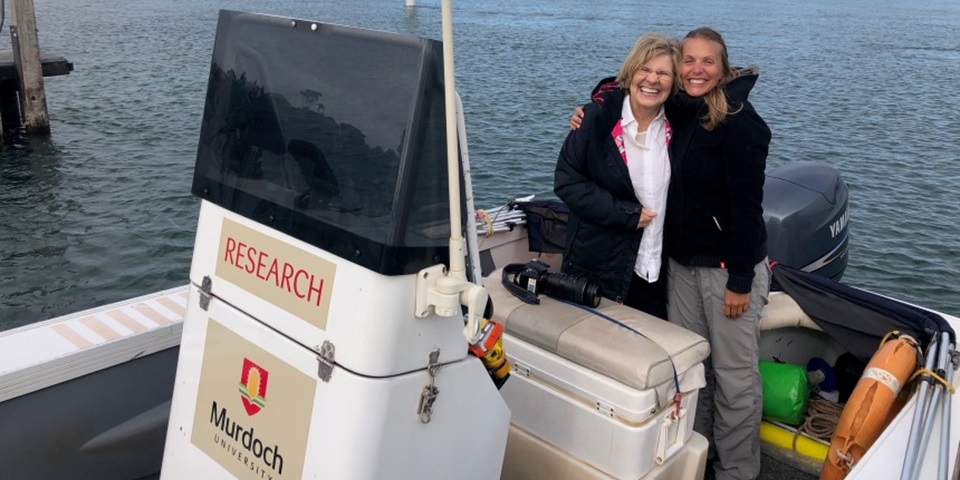News
Science champion opens doors for Murdoch research

Murdoch University has welcomed the induction of distinguished neuroscientist and former Western Australian Chief Scientist, Professor Lyn Beazley AO, into the Australian Academy of Science Hall of Fame.
Deputy Vice Chancellor Research and Innovation Professor David Morrison said the recognition of Professor Beazley, who was appointed the Sir Walter Murdoch Distinguished Professor of Science in 2014, was richly deserved.
Professor Beazley had long been a champion of Western Australian research and had been particularly supportive of aspiring science communicators through initiatives like FameLab and Fresh Science.
“Lyn has an incredible energy and enthusiasm for science that drives everything she does, and Murdoch has benefited greatly from her advocacy,” Professor Morrison said.
“I have known Lyn for more than 25 years when we were in the same Department at another University. She has taken science to thousands of people always with a special place in her diary for young up and coming scientists especially school children. She has inspired them all.
“She has been a terrific mentor and role model her entire career and has supervised a number of current staff who are now Professors in the University.
This latest accolade will ensure Lyn is able to continue her life’s work of bringing the power of scientific discovery into every level of discourse, from the classroom to the boardroom.
Professor Beazley’s influence into the success of Murdoch research stretches across many disciplines including those related to health and the environment.
Murdoch University dolphin researcher Dr Delphine Chabanne paid tribute to the passion and influence of Professor Beazley, whom she first met 2011 when she began her PhD research into the dolphins of the Swan Canning Riverpark.
Dr Chabanne’s findings have fed into the ongoing work of Dolphin Watch, the State Government’s citizen science monitoring program established in 2009 after Professor Beazley, then WA’s Chief Scientist, highlighted how little was known about the Riverpark community. This was the year that also saw the deaths of six of the Riverpark dolphins.
Dr Chabanne said Professor Beazley’s influence in the WA science community had opened doors to funding and valuable partnerships for Murdoch’s dolphin researchers.
Supportive advocate
“Lyn has always been incredibly supportive of our work, and I enjoy sharing insights into our research with her,” said Dr Chabanne.
“She really listens and recognises its importance, helping us by advocating for this work at many different levels, from school children to government ministers.
“Lyn’s advocacy support as Dolphin Watch’s patron, along with funding from the Department of Biodiversity, Conservation and Attractions, has helped me to continue my research into these dolphins following the conclusion of my PhD research project a few years ago.
“My research is helping to build our knowledge about this small yet significant dolphin population so we can help to manage and conserve them for future generations to enjoy.”
Professor Beazley’s stellar 30-year research career as a neuroscientist was followed by her appointment as Chief Scientist of Western Australia from 2006 to 2013. She was also named WA Australian of the Year for 2015.
Despite these many achievements, it seems she is still as thrilled at sighting dolphins in the Swan Canning Riverpark as the rest of us.
“On a recent trip out into the Riverpark on the Murdoch research vessel, Lyn’s reaction to seeing dolphins was incredible – she was genuinely delighted and thrilled,” added Dr Chabanne.
“For someone like her with all her years of experience and expertise, to be so excited to see dolphins is wonderful and really heartening as a researcher. It shows how much she cares about the environment in Perth and how science can help to manage and conserve our precious natural world.”News
Science champion opens doors for Murdoch research
Posted on
Topics